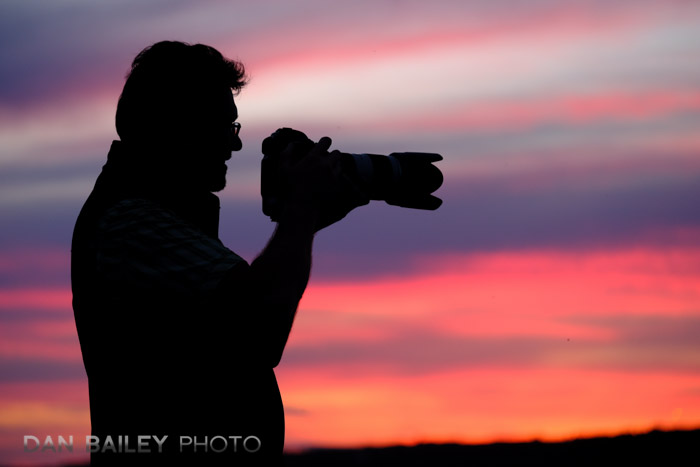
The term ISO Invariance has started to show up more often on the camera blogs and forums lately. It’s one of those hardcore technical buzz word terms that only a very small percentage of shooters fully understand. Or, have even heard about. Or should care about, as you’ll see below.
For the vast majority of photographers who are not super tech nerds, this term causes almost everyone to raise their eyebrows and go “huh?” Go ahead. Ask someone if their camera is ISO Invariant and see how they respond.
I’m pretty much convinced that the term ISO Invariance was made up with the sole purpose of confusing everyone who doesn’t like to photograph camera calibration charts in their spare time, spend at least 78.625% of their waking hours lurking on camera forums or doesn’t live in his mother’s basement.
You know who I’m talking about. The people who know what this term means are certainly nice folks. They’re just a little… no, not a little, they’re just WAY more obsessed with things like sensor size, camera specs and what the letters ISO actually stand for than the other 99.9999972% of people on this planet who has ever shot a photo in their life
What’s that you say? You don’t know what ISO stands for? Really?*
Exactly my point. Another post for another time, my friend.
*If you do, you should probably get outside more often.
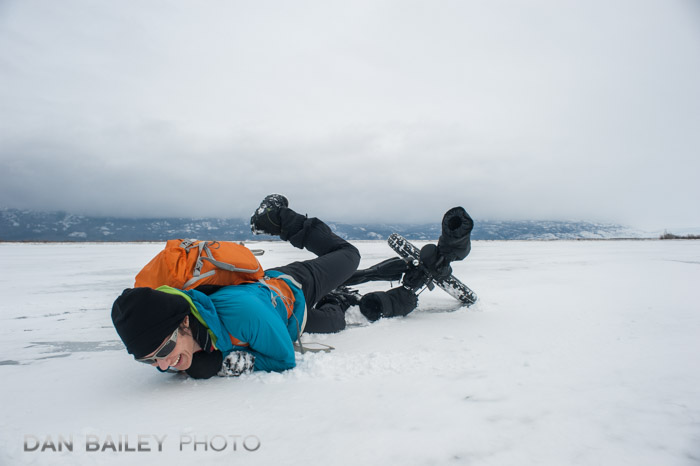
So what the heck is ISO Invariance anyway?
I’ll try to explain this in the simplest of terms. If you have a weak stomach, read on at your own risk as we go down the rabbit hole, and don’t say I didn’t warn you.
ISO Invariance is a term first coined by the editors at DPReview.com to explain the fact that today’s digital camera sensors introduce minimal amounts of noise when shooting at higher ISO settings. Some even less than others.
As you know, anytime you shoot photos at high ISO, there will be a certain amount of digital noise in the image, especially in the shadowed areas. That’s because when you crank up the ISO dial, you’re not actually making the sensor “more sensitive,” you’re just turning up the volume.
Just like when you crank up a guitar amp or a radio, you overdrive the signal, which heats up the electrical components. This heat causes distortion, which on a Marshall amp, sounds pretty awesome. On a car stereo, not so much. On a camera, well, it depends. In the past it was pretty bad, but it’s gotten WAY better.

Yes, there are a few other technical factors behind noise that are incomprehensible to anyone who doesn’t have a Ph.D. in Theoretical Physics, like my Swiss friend Beat, who actually does have a Ph.D. in Theoretical Physics from the Max-Planck Institute, where they study things like quarks and black holes, but I promise, you don’t want or need to know what they are. I don’t even know what they are, I just read somewhere that there are some. Probably on DPReview.
All you need to know is that the ISO dial is essentially the gain knob on your camera’s distortion pedal.
(In case you were wondering, the bracketing control is your camera’s analog delay pedal, miniature mode is the chorus pedal and black and white mode is your vintage reverb – almost anything run through this effect sounds awesome.)

Ok. And this is important…why?
If you’re using a camera that’s considered to be “ISO Invariant,” AND you’re shooting RAW, in most conditions, you’ll get the same amount of noise in the shadows, no matter if you shoot at high ISO, or at at low ISO and increase your exposure in post processing.
The benefit with shooting with an ISO Invariant camera is that, theoretically, you could shoot in the dark at ISO 200 and then just slam the sliders in Lightroom, and it won’t look any worse than if you shot it at ISO 6400. According to the “experts,” it means that your ISO dial is now completely irrelevant.
Of course, if you shoot in the dark at ISO 200, you won’t be able to see any detail in your original image when you play it back on your LCD screen or computer monitor. In fact, you won’t be able to see any of your low light images until you download and drag the slider up on every single one of them.
Yea. This sounds like a really fun way to shoot photos, doesn’t it? Imagine your exciting new workflow.
Oh and by the way…and this only applies if you’re shooting uncompressed RAW and using up all your card space. It doesn’t work if you’re shooting compressed RAW. And don’t you dare ask anyone if this apples to JPEG… you’ll get laughed at. Not by me, of course, by the unhappy male people on the forums.
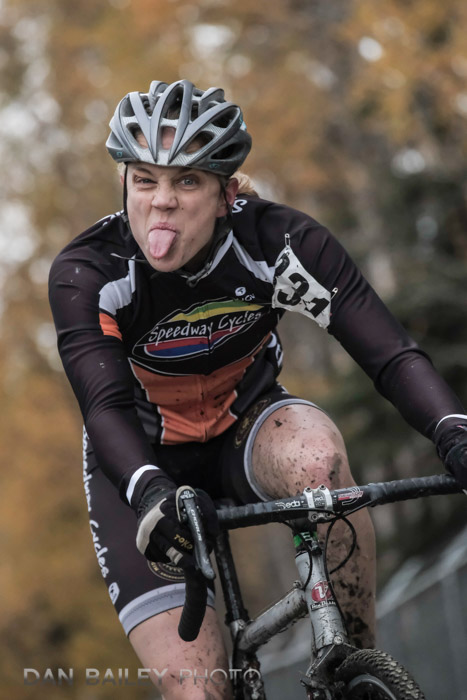
What if your camera is not considered to be ISO Invariant?
Well that’s just too bad. You’re totally SOL. You’ll probably just have to go back to shooting high ISO settings in the dark, because your sensor might produce slightly more noise in the shadows above ISO 1600 or something.
Oh but wait…
How do you know if your camera is ISO Invariant?
Hmmm… that’s where it gets tricky. You won’t find this info in the manual. This isn’t something the camera companies even talk about, only male photographers who own camera calibration charts.
In fact, there’s a pretty good chance that most or all camera company product managers don’t even know (or care) which, if any of the cameras in their lineup are ISO Invariant. I know this, because I know someone who asked one.
For the record, I’m fairly confident that my camera is ISO Variant, but honestly, I’m not entirely sure. The only way to know is to go visit DPReview.com and spend a lot of time on their site.
Hmmmm… this all sounds like a way to get more people to go read DPReview. It’s starting to sound like one big conspiracy. Remember when I mentioned the guys who still live in their moms’ basements? Yea.

OK. Now that you’ve gotten this far, it’s time for the burning question…
Should you care about any of this?
God no.
While the math and science on ISO Invariance is theoretically true, it has ABSOLUTELY nothing whatsoever to do with making great photographs.
I guarantee that in any actual shooting situation you could possibly think of, no matter who you are, where you shoot or what camera you use, this stuff won’t make even the slightest, tiniest bit of difference in the visual and emotional impact of your images.
Photography is about creativity, light, moment, convergence, connections and pure enjoyment of the activity. If you shoot a wonderful scene in great light and come away with a beautiful, stunning photo that you really like, rest assured, the incremental increase in noise or grain won’t affect how well it will be received by you, or anyone else.
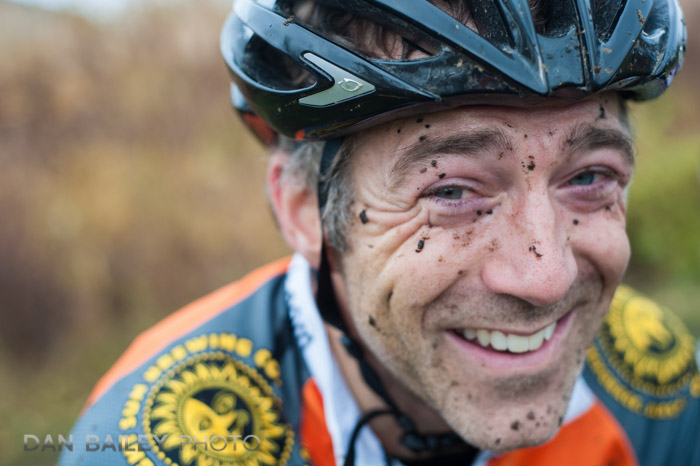
And if it just so happens that you somehow discover, or are led to believe that your camera is, sadly, not ISO Invariant, and you end up with a tiny bit more grain in your awesome, killer photo of that super cool thing, because you shot at higher ISO instead of pushing it in post, I promise you this:
NONE of your clients, customers, friends and family, any person who is a woman, and anyone on earth who isn’t a basement-dwelling forum troll, who you will NEVER meet anyway, will EVER say anything about it.
However, they might tell you how much they like your photo.
So, go out into the world and take pictures of things and people you love.
Look for sweet light, magical moments and fleeting expressions. If it’s dark, crank up the dial and forget about it. Shoot whatever shutter, aperture and ISO combinations best fit the scene and your vision for how you want your picture to look and don’t worry about what the forum guys would think.
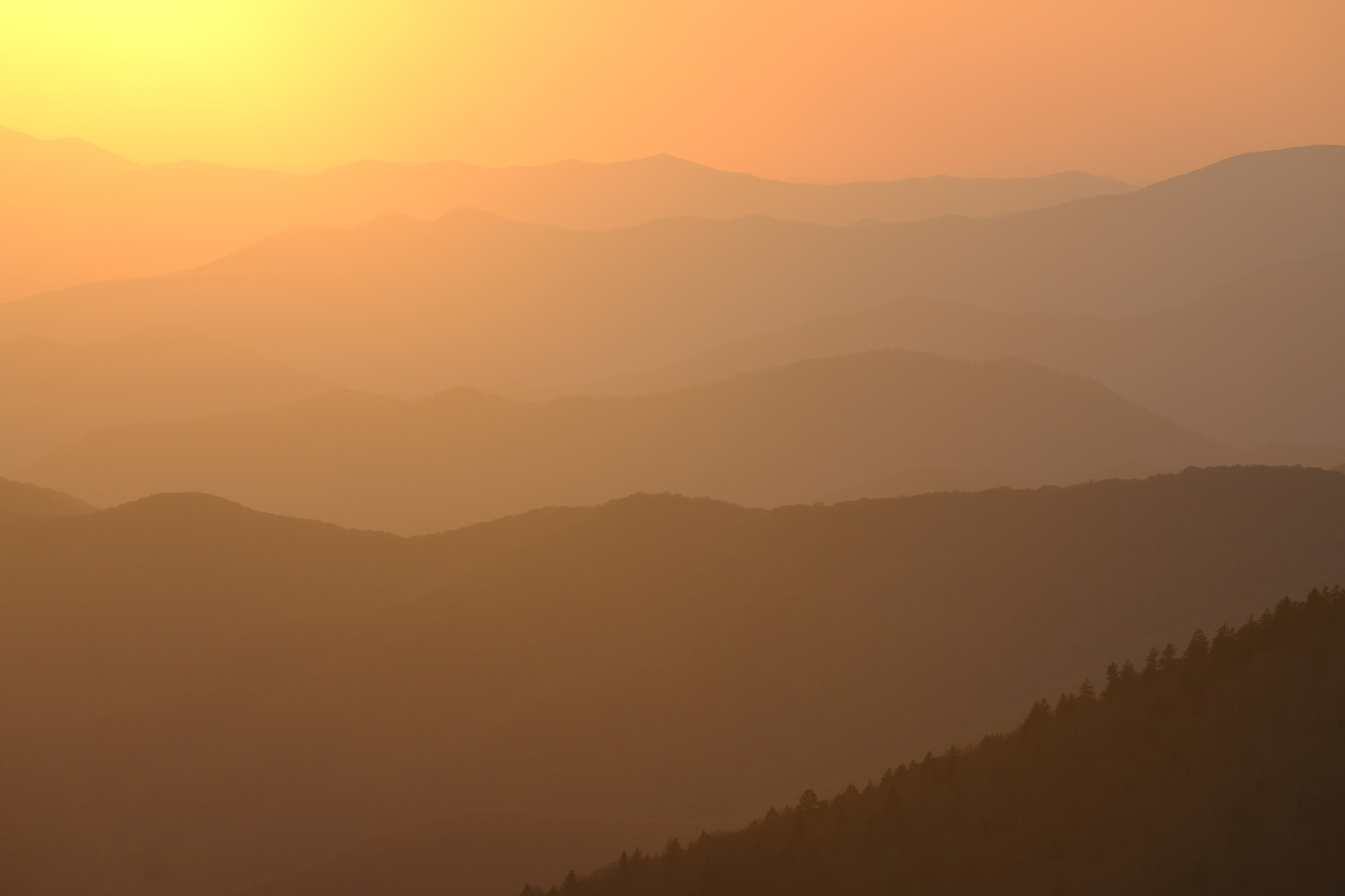
And if you get some, or a lot of noise, don’t fret it. A little grain never hurt anyone. Remember film? I’ll bet that photo of your favorite grandmother on the mantle is a little grainy. Does that make it any less meaningful to you? If it does, then it must suck to be you.
The whole ISO Invariance thing is just an absurdly technical way of pointing out that modern digital camera sensors are awesome and capable of recording an astounding amount of dynamic range. That much is indeed true.
Except the only people who use that term, instead of just saying stuff like “my camera is awesome!”, “I can’t believe how much detail I can bring out in the shadows,” or “Wow!” are people who are really confused, people who are trying to sound really smart, or people who are just tying to get more traffic to their blog.
Like me. See what I did here? Only I’m not trying to confuse you, I’m trying to help you be a better photographer. Hopefully lots of people will find this article in Google and come read it. I hope this becomes the most popular ISO Invariance post of all time.
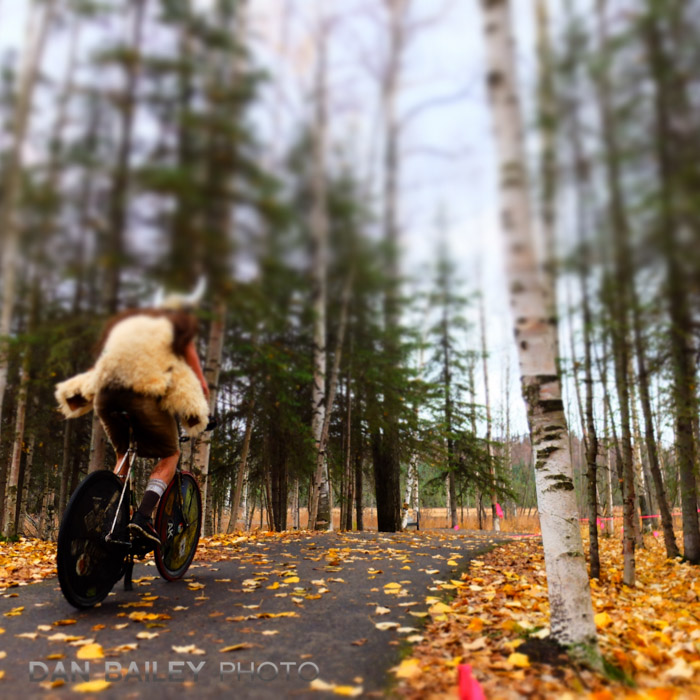
So, now that you know what ISO Invariance is, you should purge the term from your mind and never mention it again.
Forget you ever heard it.
(I promise, I won’t use it again in any more posts.)
Then, you should get on with your life as if nothing happened and go take some awesome pictures somewhere. Preferably outside.
If you’re still dying to know more about this stuff and you think you can handle an extreme amount of ridiculous technical jargon, there are plenty of articles about this stuff around the web.
I won’t tell you how to find them, though; I don’t want to be held responsible for anyone’s brain freezing up. Besides, I’d rather you spend your valuable work time reading my blog instead.
Have a nice day and enjoy life.


Well said Dan. If I shoot a picture I like, then I like it and to heck with all the pixel peepers.
Thanks! Glad you enjoyed this post!!